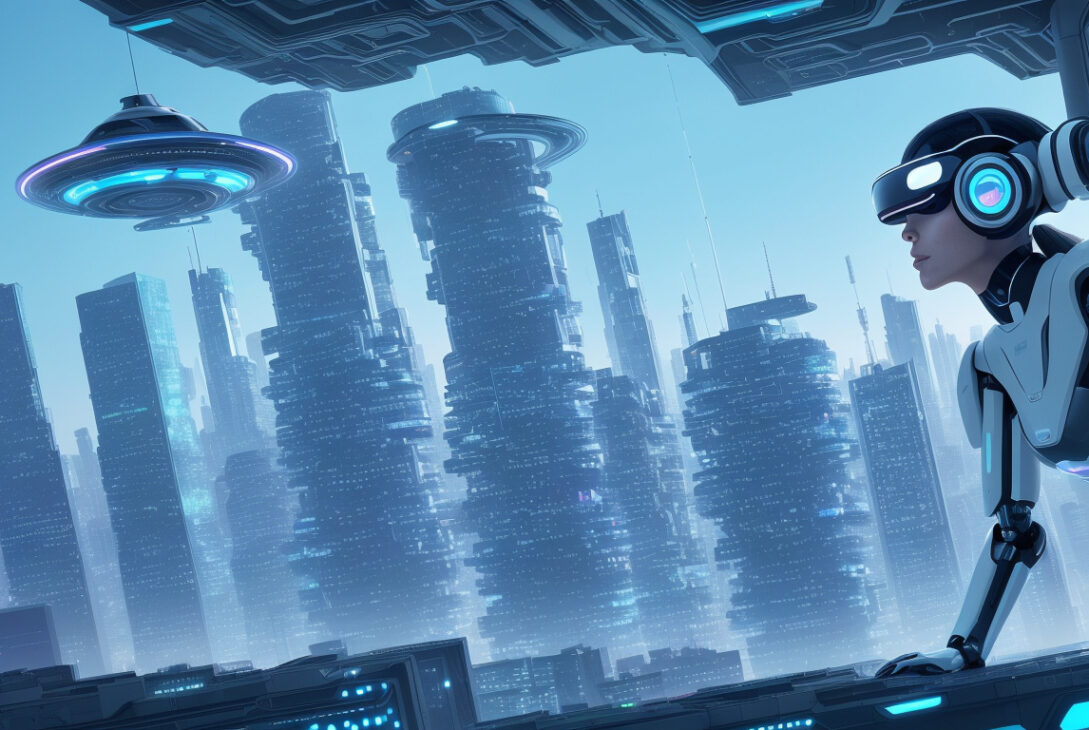10 Weird but Useful New Jobs for AI Technology
Artificial Intelligence (AI) often sparks controversy, especially as some view it mainly as a source of repetitive, soulless content flooding social media and entertainment platforms. However, beyond this noise, AI represents a groundbreaking scientific advancement with impressive and unconventional potential. Emerging applications of AI reveal a surprising range of weird but highly useful new jobs that AI technology is stepping into — from aiding medical crises to mimicking nature’s illusions. Here’s a detailed exploration of ten such intriguing roles AI is taking on.
1. Discovering New Antibiotics from Extreme Microbes
Researchers looking for new antibiotics have traditionally studied fungi, bacteria, and some animals. Recently, AI has begun analyzing extremophiles — microbes known as Archaea that thrive in the harshest conditions on Earth, such as boiling acid or deep-sea vents. Unlike bacteria or animals, Archaea have unique biochemical traits developed over billions of years to survive extreme stresses. By studying these through AI, scientists hope to uncover novel antibiotics and health innovations that these ancient lifeforms have silently developed, potentially revolutionizing medicine.
2. Combating New York’s Overdose Crisis
New York faces a severe drug overdose crisis, and AI is becoming a vital tool in addressing it. Using multidisciplinary data from the HEALing Communities Study—the largest NIH-funded effort to combat overdoses—AI analyzes social work and public health data to predict hotspots and individuals at risk. It helps optimize resource allocation, such as the distribution of naloxone, the life-saving opioid reversal drug. Furthermore, AI crafts targeted public health messages and monitors their effectiveness in real time across 16 communities, helping refine strategies to save lives.
3. Decoding Nature’s Visual Illusions: Jumping Spiders
Some jumping spiders have evolved backs resembling deadly insects like wasps or praying mantises, acting as a defensive illusion. Scientists have employed AI to test how convincing these illusions are—not just to humans but to machines. Interestingly, AI failed to accurately distinguish spiders from the insects about 20% of the time, highlighting just how effective these natural disguises are. Even more fascinating, the Maratus vespa spider uses this mimicry during courtship, perhaps to first attract and then reassure potential mates, illustrating a complex behavioral twist combining deception and communication.
4. Introducing Digital Nurses for Healthcare Assistance
With a looming shortage of healthcare professionals forecast by 2030 amid growing and aging populations, AI-powered digital nurses present a promising solution. NVIDIA, in collaboration with Hippocratic AI and hospitals, has developed AI nurse robots capable of handling low-risk calls and assessing symptoms across around 400 diseases. While AI nurses do not replace human medical staff or provide diagnoses, they offer telehealth support for follow-ups, medication guidance, and general patient queries. This technology can lessen the burden on overwhelmed healthcare systems and improve timely access to care.
5. Writing Scientific Research Papers
Writing extensive scientific papers remains a challenging task for researchers despite their enthusiasm for discoveries. AI’s evolving capabilities have helped scientists streamline the writing process. Studies analyzing over a million scientific papers show that AI usage, especially in computer science research, has increased significantly between 2020 and 2024. This trend is partly driven by researchers in non-English-speaking countries leveraging large language models to produce clearer and more accessible papers. AI thus facilitates global collaboration and dissemination of scientific knowledge without diminishing scholarly rigor.
6. Round-the-Clock Customer Service Chatbots
Customer service can be frustratingly slow, particularly for simple queries. AI-powered chatbots, like ChatGPT, are transforming this area by providing instant, intelligent responses 24/7. These chatbots serve as either standalone support tools or assistants to human agents, handling straightforward questions efficiently while escalating complex issues as needed. The enhanced understanding of databases and online resources allows chatbots to become increasingly intuitive, reducing wait times and improving customer satisfaction, although no system is immune to occasional complaints.
7. AI-Powered Fast Food Drive-Thru Ordering
Fast food giant Taco Bell has begun trialing AI systems to automate drive-thru order taking. While the rollout is still in early stages, the technology aims to streamline ordering processes, reduce wait times, and improve accuracy. This innovative use of AI in customer service represents a novel intersection of technology and everyday convenience, though it understandably faces scrutiny—especially from hungry late-night burrito seekers dependent on reliable service.
Beyond these highlighted examples, AI continues to carve out roles in diverse fields, reinforcing its status as a powerful and multifaceted tool capable of addressing complex challenges and creating novel opportunities. Despite some negative perceptions, AI’s weird and wonderful new jobs showcase the transformative potential waiting to be fully realized.
Article by Ivan Farkas
Fact-checked by Darci Heikkinen
Published on September 4, 2025, on Listverse










